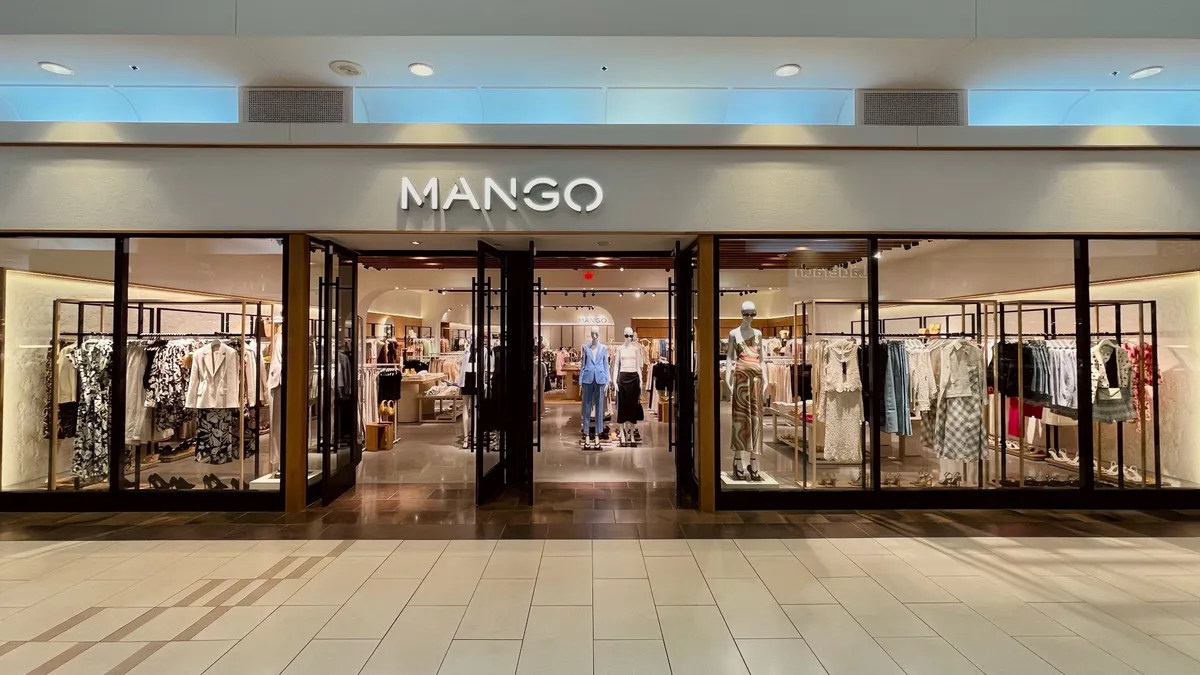Reports that Amazon is testing an independent delivery service is the latest evidence the e-commerce giant is looking to transform from a digital marketplace to a more traditional retailer, albeit one empowered by data.
There are other hints. Over the past year, the company has invested heavily in a physical presence, including hundreds of brick-and-mortar stores, dozens of distribution centers and its own air fleet. Now, Bloomberg reports Amazon will take over the responsibility for deciding where, when and how vendor products are shipped.
Yet, most of the stories surrounding the announcement focus on whether Amazon is looking to disrupt parcel delivery, currently dominated by FedEx and UPS. A few note the company is merely looking for greater control of its supply chain? So, which is it?
Based on various reports and comments from industry experts, Supply Chain Dive put together a quick guide explaining the news, what it means for logistics and a few questions going forward.
What happened?
The event, based on a report by Bloomberg's Spencer Soper:
- Amazon is testing a new service that would allow the company to oversee the transport of vendor packages from warehouse to customers' homes.
- The service, dubbed "Seller Flex," is in a pilot phase in West Coast states, but Amazon plans to expand it in 2018.
- Seller Flex seeks to help Amazon boost the number of goods eligible for its Prime free two-day delivery and free up warehouse space, Retail Dive's Daphne Howland reports.
The report was hardly controversial, except for one line that suggests Amazon is going after UPS and FedEx:
(Seller Flex) will push the online retailer deeper into functions handled by longtime partners United Parcel Service Inc. and FedEx Corp.

Bloomberg
The words sent UPS and FedEx's shares tumbling in pre-market trading, forcing the companies to go into damage control and issue the following statements to MarketWatch, among others:
"Amazon is a valued customer. We support all our customers with industry-leading e-commerce solutions and expect to expand these relationships further in the future," UPS said in its statement.
"We don't comment on speculative news stories but there continues to be reporting related to our networks and the transportation industry that demonstrates a clear misunderstanding of the scale, infrastructure and complexity involved in running a global transportation network," said Patrick Fitzgerald, FedEx's senior vice president of integrated marketing and communications.
Amazon, too, downplayed the story in comments to MarketWatch, saying it would still use UPS, USPS and FedEx under the new program.
So, does it matter?
Retailers should play close attention to the news as it signals yet another move by the e-commerce giant to gain visibility over its' products movements. In time, the data collected about product transportation flows could help it further optimize its logistics chain, reducing costs and expanding its ambition to offer two-day delivery in most markets.
However, the retailer is not yet a threat for FedEx and UPS — and not just because it doesn't yet have the scale to compete with them. A look at the annual reports show the parcel business is only about 50% of their growing revenue.
In addition, both companies have been clear they are not willing to subsidize the cost of free or quick shipping for retail partners. This includes Amazon, which has seen consistently rising shipping costs, according to Bloomberg Gadfly.
But, it could matter …
FedEx and UPS may not be sweating it yet, but various analysts note the new program may just be another step in Amazon's drive to become a global third-party logistics provider.
"Amazon has leveraged its logistics capabilities to offer services to sellers for years. This move was more than expected," said Annibal Sodero, an assistant professor in the department of supply chain management at the University of Arkansas.
"You can already book space on an ocean vessel via Amazon to ship worldwide, you can use Amazon Prime's logistics services (they have their own truck and aircraft fleet), you can store your inventory at Amazon's facilities, etc," Sodero added, noting Amazon's vast logistics network and in-house resources may allow it to deliver "faster and cheaper than any other company."
FedEx and UPS have been seeing this coming for years.

Annibal Sodero
Assistant Professor, University of Arkansas
In addition, Amazon's control of the delivery process could increase the retailer's negotiating power with UPS and FedEx, which would offset some of its costs. FedEx even includes the company's growth as a potential risk in its 10-K.
"Should Amazon's trials be successful, this would notably expand the availability of those Prime products, but more third-parties could also start using Amazon to handle the entire delivery service in place of UPS and FedEx," said Tushar Patel, chief marketing officer at Kibo, an omnichannel software provider.
"However, the cost of infrastructure and logistics for Amazon to get into the delivery game would be enormous. This could make sense in certain areas of the country, but to launch this on a national or global scale would take years and an investment of billions of dollars," Patel added.
A 'brilliant move' by Amazon
The news may not be disruptive, but it is transformational. Being able to control the logistics chain will allow Amazon greater data and negotiating leverage, two key tools in retail supply chain managers' arsenal.
"This is really a brilliant, if inevitable move," said Sean Maharaj, a director in the retail practice of AArete, a global consultancy specializing in data-informed performance improvement. "Amazon gets it — vertical integration gives a company more control, visibility and the ability to make real time adjustments that impact the bottom line and customer experience."
"From an inventory control perspective, this almost reverts back to a Just In Time (JIT) type of model. Here, goods or products are brought in under a pull mechanism, as opposed to storing them in anticipation of a sale," said Maharaj. "This allows for better management of capital, while also freeing up the need for warehouse DC space or store/pick/pack steps because the good(s) is being acquired and rendered in a tighter time frame. To boot, removing the amount of touchpoints and/or handling, further eliminates cost/errors and increases customer experience."
The cost of infrastructure and logistics for Amazon to get into the delivery game would be enormous.

Tushar Patel
Chief Marketing Officer, Kibo
In addition, it will decrease Amazon's reliance on third-party providers, at least in the long-term. Maharaj likens the move to Amazon's taking a stake in Atlas Air last year. Amazon may not be threatening as a 3PL, but its approach signals a rising reliance on data and vertical integration by retailers. "FedEx and UPS have been seeing this coming for years," said Sodero. "And they know that the next entrants will be Google and Facebook."
At the same time, it also shows the need for managed services by those companies lacking Amazon's resources. "The news is further evidence that last mile logistics and optimizing the supply chain are top of mind for retailers right now, said Sean Spector, CEO & co-founder of same-day delivery company Dropoff.
"The recent same-day delivery acquisitions, Wayfair’s move towards real-time delivery tracking, and the growing demand for final-mile control towers are all efforts aimed at this same goal" of greater visibility and control over the customer experience, Convey CEO Rob Taylor told Supply Chain Dive.






















